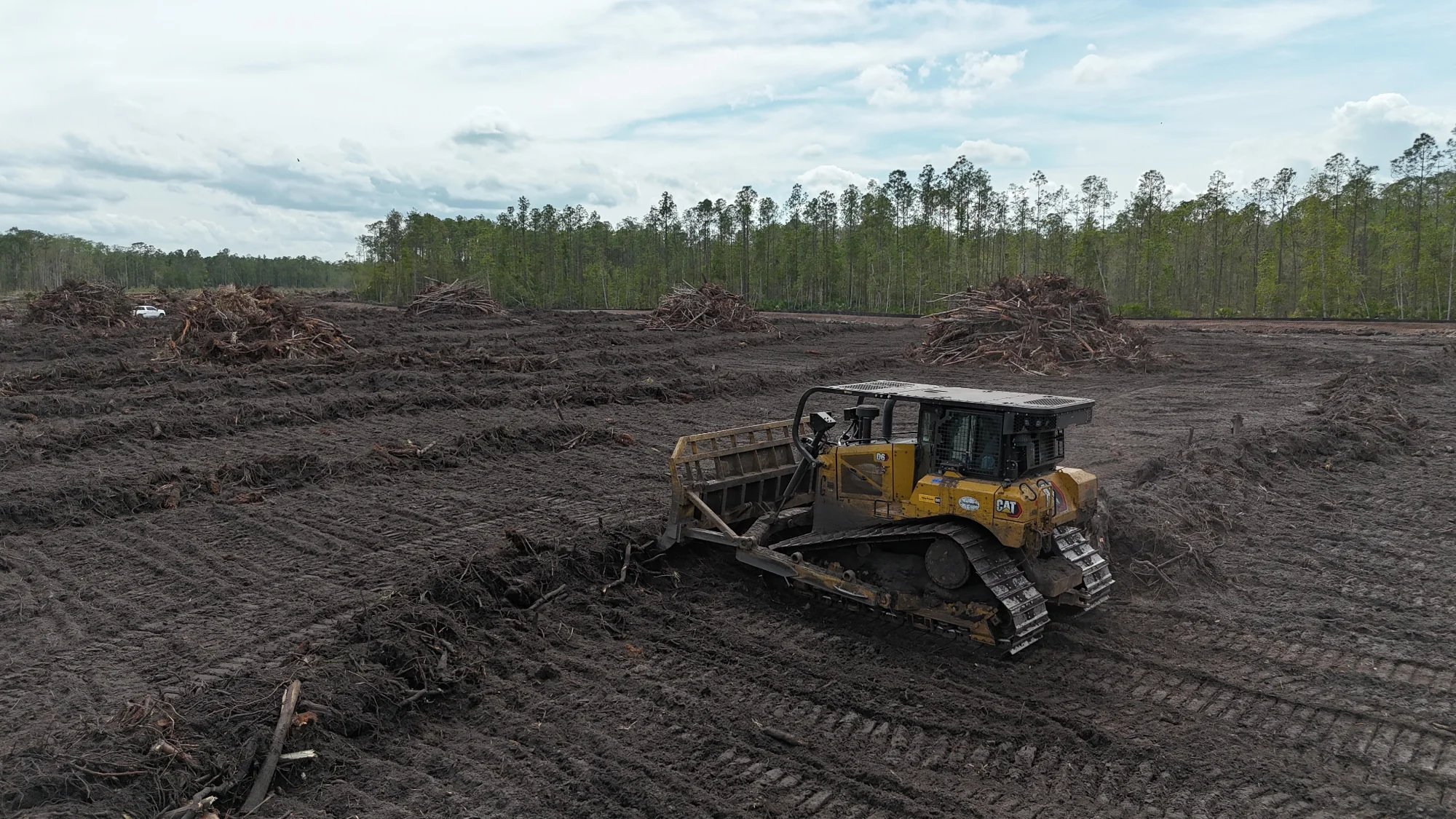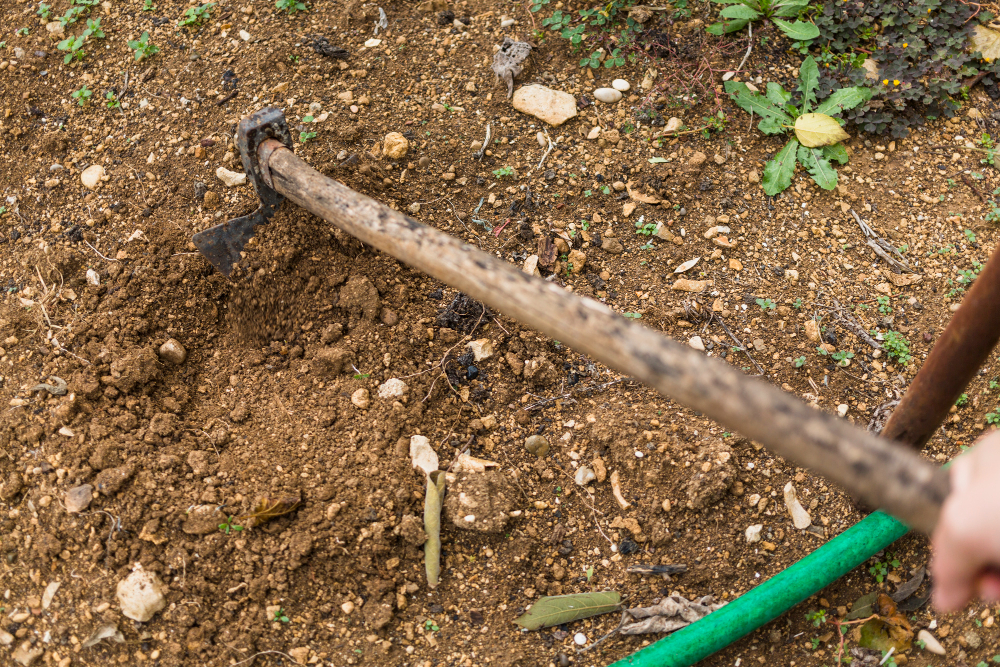

Land clearing might seem straightforward—cut down trees, remove debris, level the ground. However, what appears simple on the surface often becomes a complex undertaking that can lead to expensive mistakes, safety hazards, and legal complications. Many homeowners in Sanford, FL, dive into DIY land clearing projects without understanding the intricacies involved, only to find themselves overwhelmed and facing costly repairs.
Whether you're preparing land for a new home, creating space for a garden, or clearing overgrown areas on your property, understanding common pitfalls can save you thousands of dollars and prevent dangerous situations. The humid Florida climate and specific soil conditions in the Sanford area present unique challenges that make professional expertise particularly valuable.
This guide explores the most frequent mistakes homeowners make during DIY land clearing projects and provides practical insights to help you make informed decisions about your property development needs.
The biggest mistake homeowners make is rushing into land clearing without conducting a thorough site assessment. This oversight can lead to damaged utilities, soil erosion problems, and violations of local regulations.
Before removing a single tree or shrub, you need to understand what lies beneath the surface. Underground utilities like gas lines, electrical cables, and water pipes run throughout residential areas in Sanford, FL. Striking these during clearing operations can result in expensive repairs, service interruptions, and serious safety hazards.
Additionally, Florida's unique ecosystem requires careful consideration of drainage patterns. The state's frequent rainfall and hurricane seasons make proper water management crucial. Removing vegetation without understanding natural water flow can create flooding issues that affect your property and neighboring areas.
A comprehensive site assessment should include soil testing, utility mapping, and evaluation of existing vegetation. Professional land clearing services have access to specialized equipment and databases that help identify potential problems before they become costly disasters.
Sanford, FL, like many Florida municipalities, has specific ordinances governing land clearing activities. These regulations protect the environment, preserve tree canopies, and maintain neighborhood aesthetics. Homeowners who proceed without proper permits often face stop-work orders, fines, and requirements to restore cleared areas.
Tree preservation ordinances are particularly strict in many Florida communities. Certain species, such as heritage oaks or protected native trees, cannot be removed without special permits. The process for obtaining these permits can take weeks or months, requiring detailed plans and sometimes replacement plantings.
Wetland regulations add another layer of complexity. Areas that appear dry during certain seasons may be classified as wetlands by state and federal agencies. Disturbing these areas without proper permits can result in substantial fines and restoration requirements that cost far more than the original clearing project.
Before starting any land clearing project, contact your local building department to understand permit requirements. The investment in proper documentation protects you from legal complications and ensures your project complies with environmental protection standards.
Many homeowners underestimate the power and precision required for effective land clearing. Standard consumer-grade equipment simply cannot handle the demands of removing mature trees, grinding stumps, or clearing dense undergrowth safely and efficiently.
Chainsaws designed for occasional homeowner use lack the power and durability needed for extensive clearing operations. Professional-grade equipment includes specialized forestry chainsaws, brush cutters, stump grinders, and heavy machinery designed for continuous operation under demanding conditions.
Safety equipment becomes critically important when working with powerful tools and heavy machinery. Professional land clearing crews use specialized protective gear, including chainsaw chaps, face shields, steel-toed boots, and hard hats. They also understand proper cutting techniques that prevent dangerous kickback situations and falling tree accidents.
The cost of renting or purchasing appropriate equipment, combined with the learning curve required to operate it safely, often exceeds the expense of hiring professional services. Additionally, improper equipment use can damage remaining vegetation, compact soil, and create long-term problems that require expensive remediation.
Florida's sandy soils and frequent rainfall create unique challenges for land clearing projects. Removing vegetation without considering soil protection can lead to erosion, nutrient loss, and long-term fertility problems that affect future landscaping efforts.
Tree roots provide essential soil stabilization, particularly on slopes or areas prone to water runoff. When these root systems are removed improperly, the exposed soil becomes vulnerable to erosion during Florida's intense rainstorms. This erosion can wash away topsoil, create gullies, and deposit sediment in storm drains or waterways.
Native vegetation also plays a crucial role in supporting local wildlife and maintaining ecological balance. Indiscriminate clearing can disrupt habitats for birds, beneficial insects, and other creatures that contribute to a healthy ecosystem. Some native plant species take decades to establish and cannot be easily replaced once removed.
Professional land clearing services understand selective clearing techniques that preserve valuable trees and vegetation while achieving your development goals. They can identify which plants provide the most environmental benefit and incorporate these considerations into the clearing plan.
The volume of debris generated during land clearing projects often surprises homeowners. A single mature oak tree can produce several tons of wood, branches, and leaves that require proper disposal. Many municipalities in Florida have specific regulations about how this organic waste must be handled.
Burning debris, while traditional, is heavily regulated in most Florida communities due to fire safety concerns and air quality standards. Burn permits are required for most areas, and weather conditions often restrict when burning is allowed. Improper burning can result in fines and create liability issues if fires spread beyond intended areas.
Chipping and mulching offer environmentally friendly alternatives, but require specialized equipment and knowledge about proper techniques. Improperly processed organic matter can harbor pests or diseases that spread to healthy vegetation. Additionally, some invasive plant species require special disposal methods to prevent spreading.
Professional land clearing services have established relationships with recycling facilities, composting operations, and disposal sites that handle organic waste responsibly. They understand local regulations and can ensure debris is processed according to environmental standards while keeping your project compliant with municipal requirements.
DIY land clearing mistakes can transform what seems like a money-saving project into an expensive nightmare. The combination of specialized equipment needs, regulatory requirements, safety considerations, and environmental factors makes professional land clearing services a wise investment for most homeowners.
Professional crews bring years of experience, proper insurance coverage, and the right tools for efficient, safe clearing operations. They understand local regulations, can obtain necessary permits, and have the expertise to protect your property's long-term value while achieving your development goals.
If you need professional land clearing in Sanford, FL, contact Drinkwater & Drinkwater today to get a quote. Their experienced team can help you avoid costly mistakes while ensuring your land clearing project meets all local requirements and environmental standards.